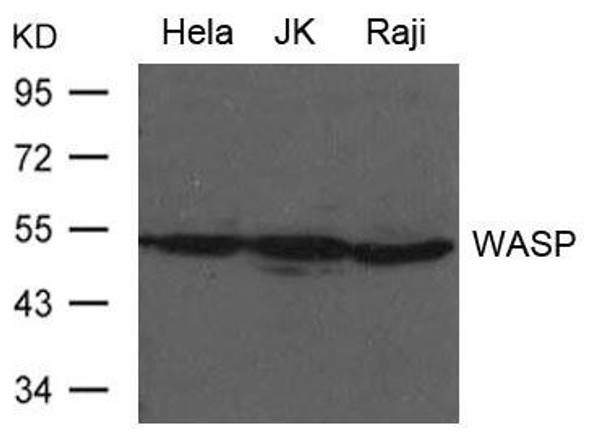| UniProt Protein Function: | FOXA1: Transcription factor that is involved in embryonic development, establishment of tissue-specific gene expression and regulation of gene expression in differentiated tissues. Is thought to act as a 'pioneer' factor opening the compacted chromatin for other proteins through interactions with nucleosomal core histones and thereby replacing linker histones at target enhancer and/or promoter sites. Binds DNA with the consensus sequence 5'-[AC]A[AT]T[AG]TT[GT][AG][CT]T[CT]-3'. Proposed to play a role in translating the epigenetic signatures into cell type-specific enhancer-driven transcriptional programs. Its differential recruitment to chromatin is dependent on distribution of histone H3 methylated at 'Lys-5' (H3K4me2) in estrogen-regulated genes. Involved in the development of multiple endoderm-derived organ systems such as liver, pancreas, lung and prostate; FOXA1 and FOXA2 seem to have at least in part redundant roles. Modulates the transcriptional activity of nuclear hormone receptors. Is involved in ESR1-mediated transcription; required for ESR1 binding to the NKX2-1 promoter in breast cancer cells; binds to the RPRM promter and is required for the estrogen-induced repression of RPRM. Involved in regulation of apoptosis by inhibiting the expression of BCL2. Involved in cell cycle regulation by activating expression of p27Kip1, alone or in conjunction with BRCA1. Originally discribed as a transcription activator for a number of liver genes such as AFP, albumin, tyrosine aminotransferase, PEPCK, etc. Interacts with the cis- acting regulatory regions of these genes. Involved in glucose homeostasis. Binds DNA as a monomer. Interacts with FOXA2. Interacts with NKX2-1. Interacts with HDAC7. Interacts with the histone H3-H4 heterodimer. Associates with nucleosomes containing histone H2A. Interacts with AR. Interacts with NR0B2. Highly expressed in prostate and ESR1-positive breast tumors. Overexpressed in esophageal and lung adenocarcinomas. |
| UniProt Protein Details: | Protein type:Transcription factor; DNA-binding Chromosomal Location of Human Ortholog: 14q21.1 Cellular Component: nucleolus; nucleus Molecular Function:DNA binding; transcription factor activity Biological Process: chromatin remodeling; positive regulation of estrogen receptor signaling pathway; positive regulation of mitotic cell cycle; positive regulation of transcription factor activity; positive regulation of transcription from RNA polymerase II promoter; response to estradiol stimulus |
| NCBI Summary: | This gene encodes a member of the forkhead class of DNA-binding proteins. These hepatocyte nuclear factors are transcriptional activators for liver-specific transcripts such as albumin and transthyretin, and they also interact with chromatin. Similar family members in mice have roles in the regulation of metabolism and in the differentiation of the pancreas and liver. [provided by RefSeq, Jul 2008] |
| UniProt Code: | P55317 |
| NCBI GenInfo Identifier: | 296434509 |
| NCBI Gene ID: | 3169 |
| NCBI Accession: | P55317.2 |
| UniProt Secondary Accession: | P55317,Q9H2A0, B2R9H6, B7ZAP5, |
| UniProt Related Accession: | P55317 |
| Molecular Weight: | 45,468 Da |
| NCBI Full Name: | Hepatocyte nuclear factor 3-alpha |
| NCBI Synonym Full Names: | forkhead box A1 |
| NCBI Official Symbol: | FOXA1 |
| NCBI Official Synonym Symbols: | HNF3A; TCF3A |
| NCBI Protein Information: | hepatocyte nuclear factor 3-alpha |
| UniProt Protein Name: | Hepatocyte nuclear factor 3-alpha |
| UniProt Synonym Protein Names: | Forkhead box protein A1; Transcription factor 3A; TCF-3A |
| Protein Family: | Forkhead box protein |
| UniProt Gene Name: | FOXA1 |
| UniProt Entry Name: | FOXA1_HUMAN |












